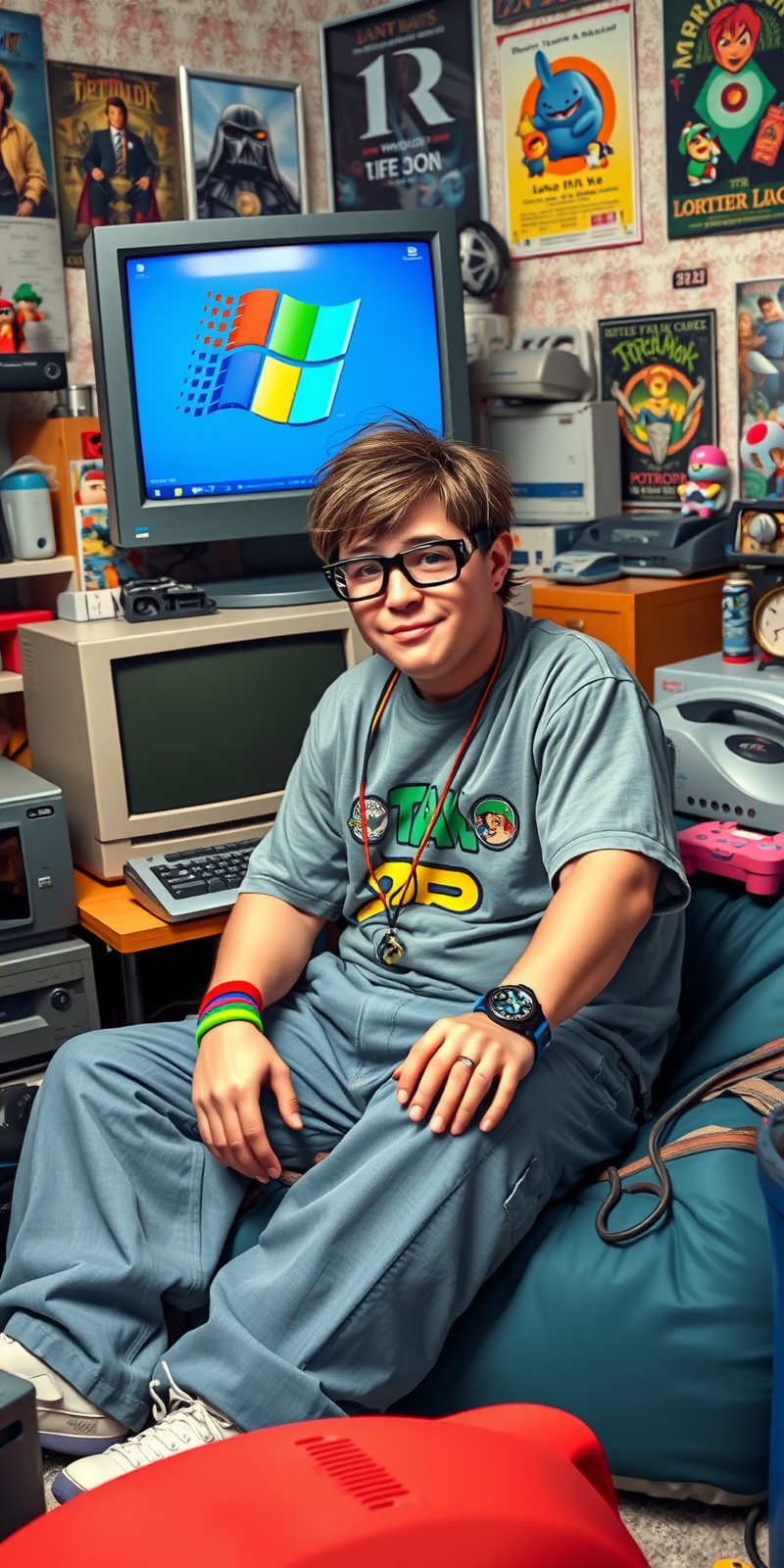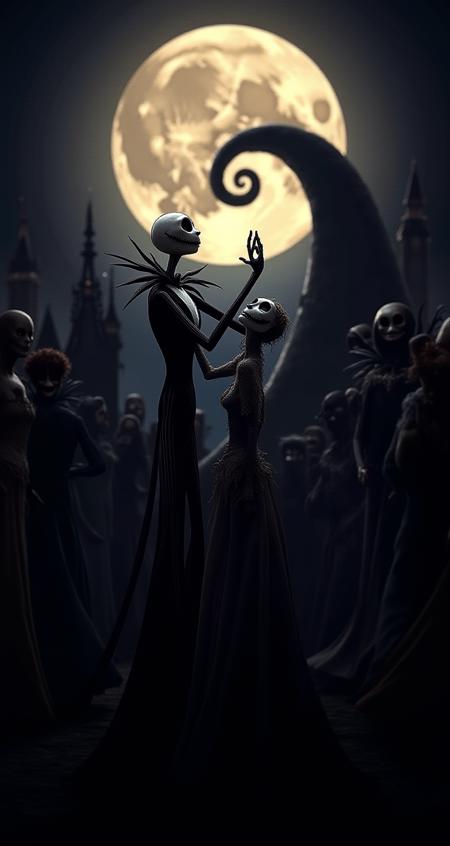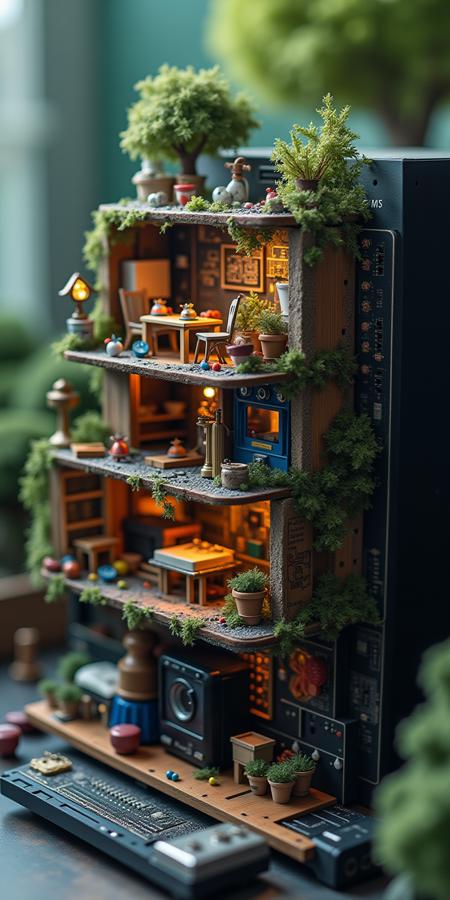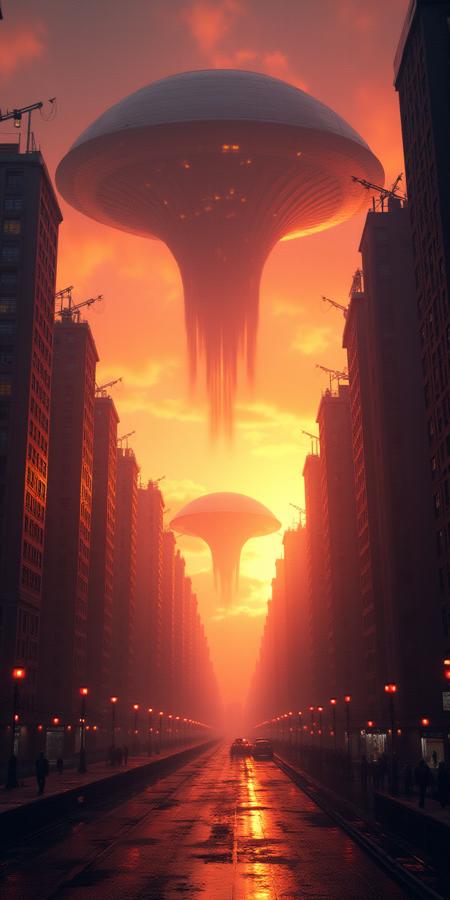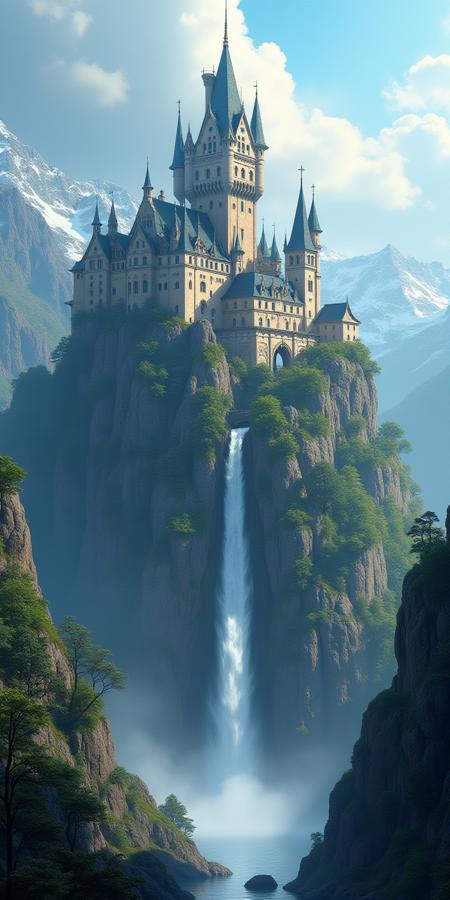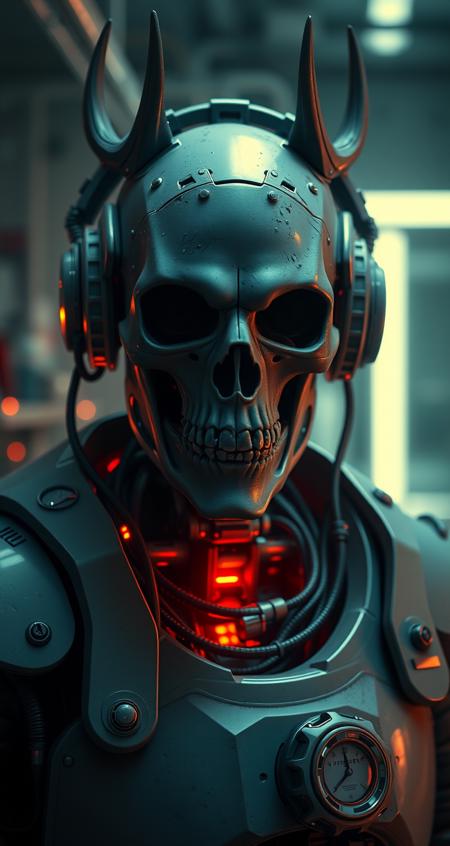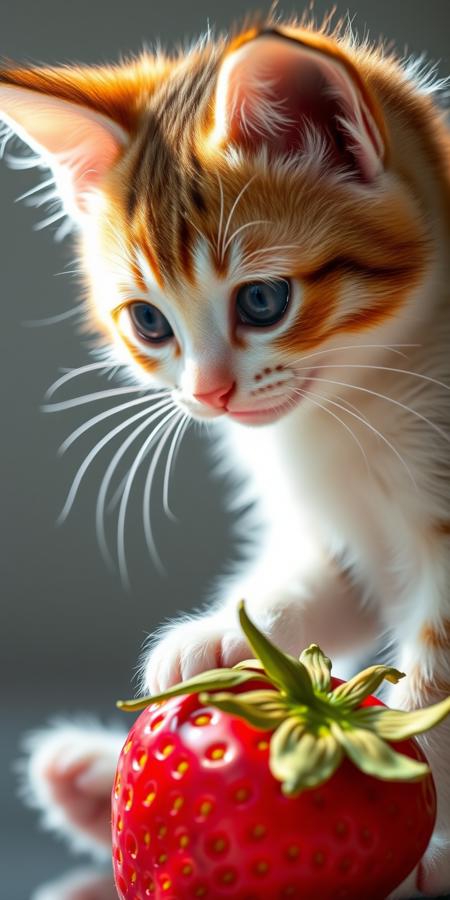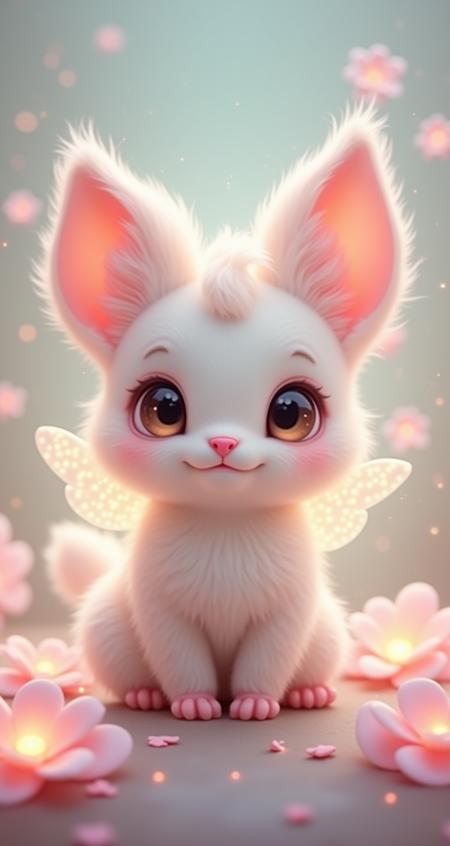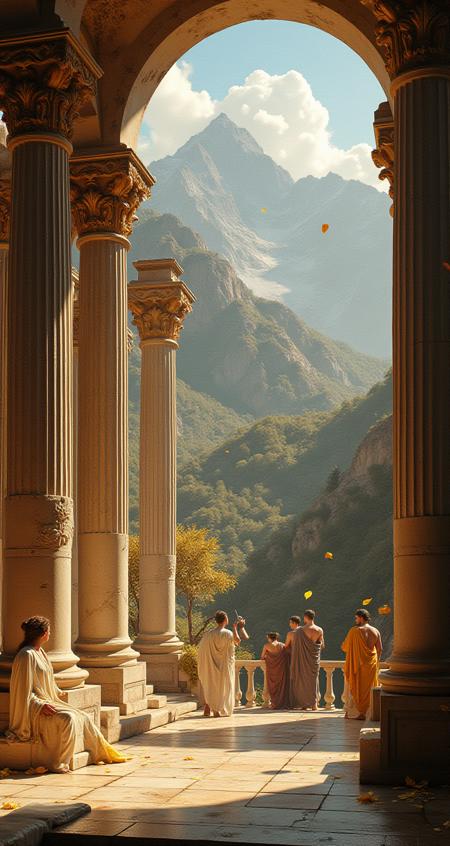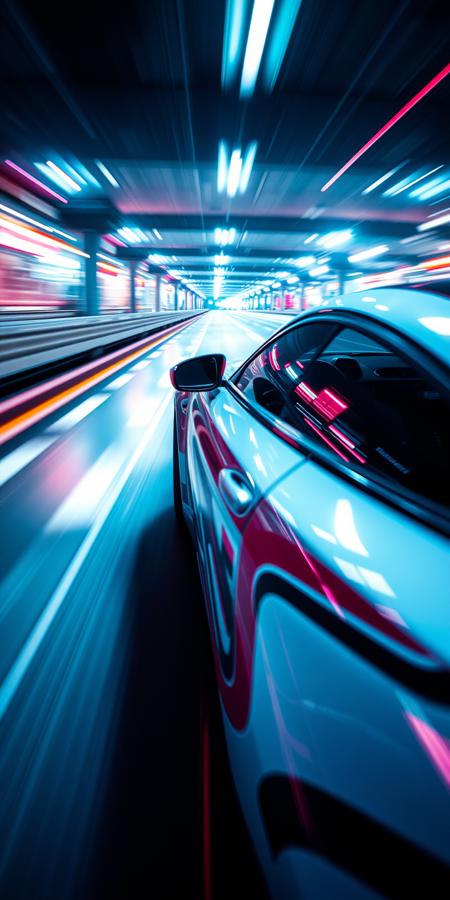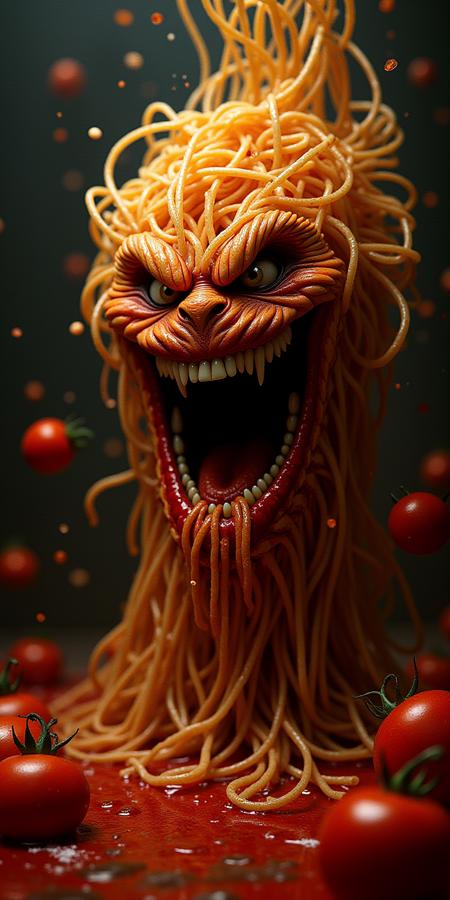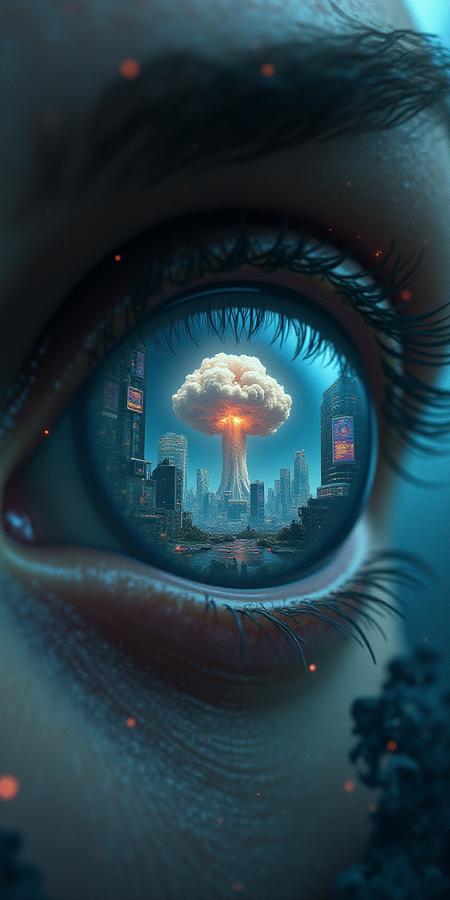Setting: Location: A retro- styled room that captures the essence of the early 2000s. Think of a typical geek’s bedroom or a tech enthusiast’s workspace from that era. Participants: Character: Appearance: A character dressed in quintessential early 2000s geek fashion. This includes: Clothing: Graphic T- shirts with retro video game logos, baggy jeans or cargo pants, and colorful wristbands. Add some classic accessories like a chunky digital watch or a lanyard with assorted keychains. Glasses: Large, square glasses or geeky "Harry Potter" style spectacles. Posture: The character is seated at a cluttered desk or lounging on a beanbag, surrounded by tech and pop culture memorabilia. Action: Tech and Gadgets: Computer: An old- school CRT monitor with a bulky desktop computer. The screen could display a classic Windows XP wallpaper or a nostalgic pixelated game. Gaming Consoles: Visible gaming consoles like the original Xbox, PlayStation 2, or Nintendo GameCube, complete with tangled cables. Accessories: Include classic tech gadgets like an iPod Classic, a flip phone or early smartphone, and a stack of CDs or DVDs. Pop Culture Items: Posters: Walls adorned with posters of iconic 2000s movies, TV shows, or bands, such as The Matrix, Lord of the Rings, or pop- punk bands like Blink- 182. Toys and Collectibles: Action figures or collectibles from popular franchises like Pokémon, Star Wars, or Marvel superheroes. Details: Facial Expressions: The character’s expression should reflect enthusiasm or concentration, fitting with the nostalgic geekiness of the scene. Clutter and Decor: The room should be cluttered with nostalgic items, including old tech gadgets, comic books, and memorabilia from the early 2000s. Background and Environment: Background: The room should have a distinct early 2000s aesthetic, with dated wallpaper or paint, and maybe a few posters or stickers. Props: Include items like a bulky landline phone, a collection of VHS tapes, and a classic alarm clock. Color and Tone: Color Palette: Use a mix of vibrant and pastel colors typical of the 2000s. Bright blues, neon greens, and pinks should dominate the color scheme, with some muted tones for balance. Tone: The overall tone should be playful and nostalgic, capturing the geeky enthusiasm of the era. Artistic Style: Character Style: The character should be rendered in a somewhat realistic manner but with exaggerated, iconic early 2000s fashion and accessories. Room Style: The room should be richly detailed with a cluttered, lived- in look that reflects the eclectic nature of early 2000s geek culture. Photography/Illustration Techniques: Angle and Framing: Capture the scene from a slightly angled perspective to show both the character and the surrounding room in detail. A wide shot might be effective to showcase the clutter and numerous nostalgic elements. Focus and Depth of Field: Use a medium depth of field to keep the character and background in focus, ensuring that all nostalgic elements are visible. Post- Processing: Enhancements: Adjust contrast and saturation to bring out the vibrant colors typical of the early 2000s. Add a slight soft- focus effect to mimic the lens qualities of that era. Details: Fine- tune the inclusion of nostalgic items to ensure that they are accurately represented and evoke the desired sense of nostalgia
